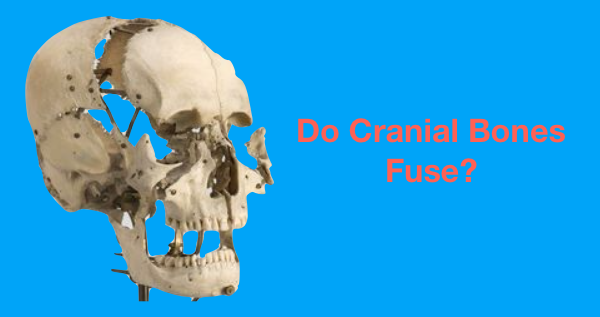The cranial bones of the head and the delicate brain tissue underneath are definitely some of my favorite topics.
I have always told my patients that if some regulating board came to my office and told me I could only pick one area of the body to adjust, hands down I would sign on the dotted line the bones of the cranium.
There is no other area that has such a profound impact on the human body than the structures that make up the head.
But is this all smoke and mirrors? Do the bones of the skull actually move?
Well, here is a little history for you. In 1867 the Monro-Kellie doctrine was published that stated the bones of the skull fuse.
This was the belief that was held for about 100 years until Dr. John Upledger published research at the University of Michigan.
This research was a conducted with electron microscopes, cinematography radiology, and dissection. What did they find?
The bones of the skull move!
I mean good grief, those little lines you see on skulls are called sutures. And the word suture means joint! So what do joints do? They move!
Now obviously the bones of the skull don’t move like the shoulder joint, but they definitely have a microscopic motion. If they didn’t move, the bones would completely fuse over and we wouldn’t see these sutures anymore.
These cranial sutures are filled with nerves, nerve sensors, blood vessels, and connective tissue. Everything a joint would have to communicate information to the brain about its position, movement (or lack of), and overall status.
With 80% of the nervous system residing in the skull, you can imagine how important it is for this cranial system to be functioning optimally.
You can read about an amazing story of cranial adjusting where I literally had a patient of mine sleep for 3 days straight after his first visit. By the way, this is NOT typical. It was a completely bizarre event, but it shows you the extreme importance and power of having the cranial adjustments performed.
So do the cranial bones fuse in adults? No! Not in good health anyway. Without good motion in the cranial bones, the body will make many compensations to try to keep the body regulated.
And the more compensations the body makes, the less robust a person becomes.

Hello Dr Larsen. Over several months ah I was in contact act with a man who has severe pain in tailbone area. Everything he tried regular chiropractic, pain meds, didn’t work.
In helpful ng him I ran across your videos in YouTube and you and I discussed his case
Thank you for the commitment you exhibit daily to help patients, especially those who are in despair after years of suffering. And thank you for your willingness to share more by phone, which you did with me. I value your work very much!
You are welcome. And thank you for the kind words.